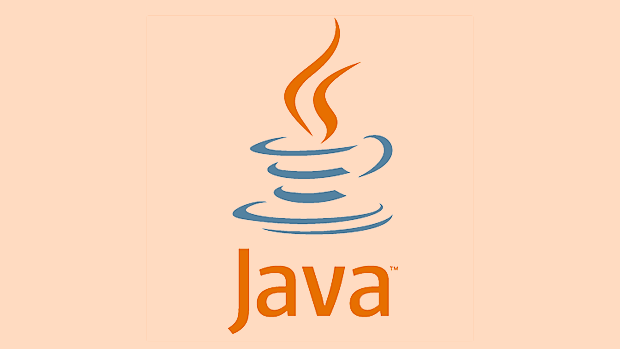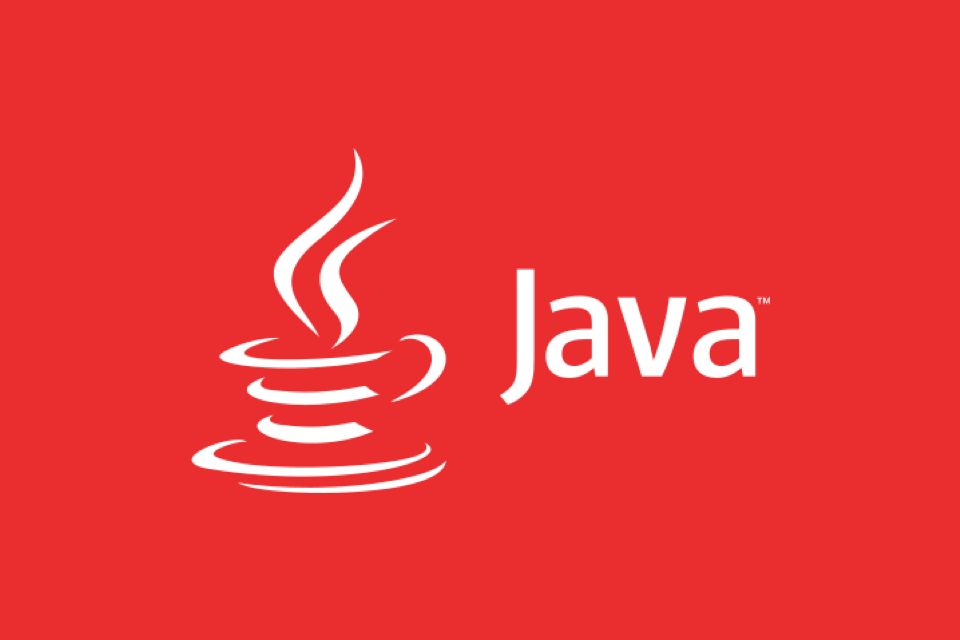What is Project Reactor and reactive programming in Java?
Jul 11, 2025 am 12:38 AMReactive programming in Java is a paradigm for handling asynchronous data streams efficiently. It uses non-blocking operations and backpressure to manage high concurrency and real-time interactions. Project Reactor provides key tools like Flux (for multiple items) and Mono (for zero or one item) to build reactive pipelines. It integrates with Spring WebFlux, improves resource usage, simplifies error handling, and suits event-driven systems. However, it introduces complexity and may not be ideal for simple or blocking I/O-heavy applications.

Reactive programming in Java is a way to handle asynchronous data streams and events in a more manageable, scalable, and expressive way. It’s especially useful when dealing with high volumes of data or real-time interactions. Project Reactor is one of the most popular libraries for implementing reactive programming in Java.

It gives you tools like Flux and Mono, which let you work with sequences of data — whether that’s zero, one, or many items — in a non-blocking way. This means your application can stay responsive and efficient even under heavy load.
What Exactly Is Reactive Programming?
Reactive programming is a paradigm focused on handling data streams (like events, user inputs, or messages) that change over time. Instead of writing code that pulls data when needed, you define logic that reacts automatically when new data arrives.

In Java, this often looks like using streams that emit values over time, and operators that transform, filter, or combine those values. It's not too different from how you might use Java Streams, but instead of processing a fixed list, you're working with dynamic flows of data.
Some key concepts:

- Asynchronous: Operations don’t block the thread while waiting for results.
- Non-blocking: Your app doesn't get stuck waiting for slow I/O operations.
- Backpressure support: Handles cases where the producer emits data faster than the consumer can process it.
This makes reactive programming ideal for things like web APIs, event-driven systems, and real-time applications.
What Is Project Reactor?
Project Reactor is a reactive library built specifically for the JVM. It implements the Reactive Streams specification, which is a standard for asynchronous stream processing with non-blocking backpressure.
The two main building blocks are:
-
Mono: Represents a single-value or empty result (like a
CompletableFuture). -
Flux: Represents a sequence of 0..N items (like a
ListorStream, but reactive).
These types are lazy — nothing happens until you subscribe to them. That gives you fine-grained control over when and how computations occur.
Project Reactor integrates well with Spring WebFlux, making it easy to build fully reactive web applications.
Why Use Reactive Programming in Java?
If your application needs to scale efficiently or deal with asynchronous events, reactive programming can help a lot.
Here are some solid reasons to consider it:
- Efficient resource usage: Non-blocking I/O reduces thread usage and avoids wasting resources on idle threads.
-
Better error handling: Operators like
onErrorResumeorretrymake it easier to recover from failures. - Cleaner code structure: Using declarative operators keeps your logic organized and readable.
- Natural fit for event-based systems: Whether it's user actions, sensor data, or message queues, reactive patterns match well.
That said, it does come with a learning curve. Understanding how operators chain together and managing backpressure takes practice. But once you get comfortable, it becomes a powerful tool in your toolkit.
When Not to Go Reactive
Reactive programming isn’t always the best choice. If your app is simple, or relies heavily on blocking calls (like legacy databases), switching to reactive might add complexity without clear benefits.
Also, debugging reactive chains can be trickier than regular imperative code, especially if you're used to stepping through line-by-line execution.
So, unless you're aiming for high concurrency or building event-heavy systems, sticking with traditional synchronous approaches might be simpler.
Generally speaking, if you're building modern, scalable, and responsive Java applications — especially on the backend — getting familiar with reactive programming and Project Reactor is worth the effort. It opens up a cleaner, more efficient way to manage data flow in complex systems.
The above is the detailed content of What is Project Reactor and reactive programming in Java?. For more information, please follow other related articles on the PHP Chinese website!

Hot AI Tools

Undress AI Tool
Undress images for free

Undresser.AI Undress
AI-powered app for creating realistic nude photos

AI Clothes Remover
Online AI tool for removing clothes from photos.

Clothoff.io
AI clothes remover

Video Face Swap
Swap faces in any video effortlessly with our completely free AI face swap tool!

Hot Article

Hot Tools

Notepad++7.3.1
Easy-to-use and free code editor

SublimeText3 Chinese version
Chinese version, very easy to use

Zend Studio 13.0.1
Powerful PHP integrated development environment

Dreamweaver CS6
Visual web development tools

SublimeText3 Mac version
God-level code editing software (SublimeText3)

Hot Topics
 Difference between HashMap and Hashtable?
Jun 24, 2025 pm 09:41 PM
Difference between HashMap and Hashtable?
Jun 24, 2025 pm 09:41 PM
The difference between HashMap and Hashtable is mainly reflected in thread safety, null value support and performance. 1. In terms of thread safety, Hashtable is thread-safe, and its methods are mostly synchronous methods, while HashMap does not perform synchronization processing, which is not thread-safe; 2. In terms of null value support, HashMap allows one null key and multiple null values, while Hashtable does not allow null keys or values, otherwise a NullPointerException will be thrown; 3. In terms of performance, HashMap is more efficient because there is no synchronization mechanism, and Hashtable has a low locking performance for each operation. It is recommended to use ConcurrentHashMap instead.
 Why do we need wrapper classes?
Jun 28, 2025 am 01:01 AM
Why do we need wrapper classes?
Jun 28, 2025 am 01:01 AM
Java uses wrapper classes because basic data types cannot directly participate in object-oriented operations, and object forms are often required in actual needs; 1. Collection classes can only store objects, such as Lists use automatic boxing to store numerical values; 2. Generics do not support basic types, and packaging classes must be used as type parameters; 3. Packaging classes can represent null values ??to distinguish unset or missing data; 4. Packaging classes provide practical methods such as string conversion to facilitate data parsing and processing, so in scenarios where these characteristics are needed, packaging classes are indispensable.
 What are static methods in interfaces?
Jun 24, 2025 pm 10:57 PM
What are static methods in interfaces?
Jun 24, 2025 pm 10:57 PM
StaticmethodsininterfaceswereintroducedinJava8toallowutilityfunctionswithintheinterfaceitself.BeforeJava8,suchfunctionsrequiredseparatehelperclasses,leadingtodisorganizedcode.Now,staticmethodsprovidethreekeybenefits:1)theyenableutilitymethodsdirectly
 How does JIT compiler optimize code?
Jun 24, 2025 pm 10:45 PM
How does JIT compiler optimize code?
Jun 24, 2025 pm 10:45 PM
The JIT compiler optimizes code through four methods: method inline, hot spot detection and compilation, type speculation and devirtualization, and redundant operation elimination. 1. Method inline reduces call overhead and inserts frequently called small methods directly into the call; 2. Hot spot detection and high-frequency code execution and centrally optimize it to save resources; 3. Type speculation collects runtime type information to achieve devirtualization calls, improving efficiency; 4. Redundant operations eliminate useless calculations and inspections based on operational data deletion, enhancing performance.
 What is an instance initializer block?
Jun 25, 2025 pm 12:21 PM
What is an instance initializer block?
Jun 25, 2025 pm 12:21 PM
Instance initialization blocks are used in Java to run initialization logic when creating objects, which are executed before the constructor. It is suitable for scenarios where multiple constructors share initialization code, complex field initialization, or anonymous class initialization scenarios. Unlike static initialization blocks, it is executed every time it is instantiated, while static initialization blocks only run once when the class is loaded.
 What is the `final` keyword for variables?
Jun 24, 2025 pm 07:29 PM
What is the `final` keyword for variables?
Jun 24, 2025 pm 07:29 PM
InJava,thefinalkeywordpreventsavariable’svaluefrombeingchangedafterassignment,butitsbehaviordiffersforprimitivesandobjectreferences.Forprimitivevariables,finalmakesthevalueconstant,asinfinalintMAX_SPEED=100;wherereassignmentcausesanerror.Forobjectref
 What is the Factory pattern?
Jun 24, 2025 pm 11:29 PM
What is the Factory pattern?
Jun 24, 2025 pm 11:29 PM
Factory mode is used to encapsulate object creation logic, making the code more flexible, easy to maintain, and loosely coupled. The core answer is: by centrally managing object creation logic, hiding implementation details, and supporting the creation of multiple related objects. The specific description is as follows: the factory mode handes object creation to a special factory class or method for processing, avoiding the use of newClass() directly; it is suitable for scenarios where multiple types of related objects are created, creation logic may change, and implementation details need to be hidden; for example, in the payment processor, Stripe, PayPal and other instances are created through factories; its implementation includes the object returned by the factory class based on input parameters, and all objects realize a common interface; common variants include simple factories, factory methods and abstract factories, which are suitable for different complexities.
 What is type casting?
Jun 24, 2025 pm 11:09 PM
What is type casting?
Jun 24, 2025 pm 11:09 PM
There are two types of conversion: implicit and explicit. 1. Implicit conversion occurs automatically, such as converting int to double; 2. Explicit conversion requires manual operation, such as using (int)myDouble. A case where type conversion is required includes processing user input, mathematical operations, or passing different types of values ??between functions. Issues that need to be noted are: turning floating-point numbers into integers will truncate the fractional part, turning large types into small types may lead to data loss, and some languages ??do not allow direct conversion of specific types. A proper understanding of language conversion rules helps avoid errors.






